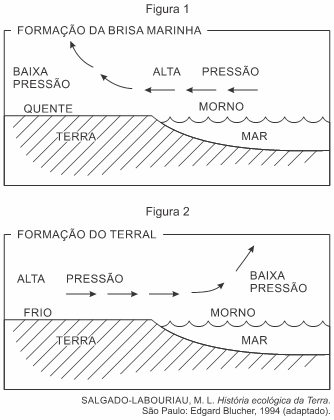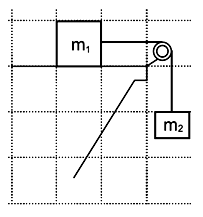(UERJ) Hacia un feminismo innecesario
Hoy muchas mujeres podemos votar, usar pantalón o falda, según la preferencia, sabemos leer, escribir, sumar, restar, podemos tener propiedades y disfrutar de que sea ilegal que el novio o marido nos dé una paliza. En gran parte, todo esto, que muchas mujeres occidentales de hoy dan por sentado, es obra de un poco más de 100 años de movimiento feminista. ¿Por qué entonces un movimiento que nos ha traído tantas ventajas tiene tantos detractores?
Mi primera respuesta es que la palabra feminista resultó asociada con mujeres desentendidas de su aspecto, amargadas y que odian a los hombres, con las que muchas no podemos identificarnos. Sin embargo esta imagen es una caricatura que no representa las premisas básicas que han defendido este movimiento: una igualdad de los derechos de las mujeres con los de los hombres, tan sencillo como eso.
Diversos historiadores están de acuerdo en que el feminismo ha tenido tres olas. La primera comenzó en el Reino Unido y en los EE. UU., en el siglo XIX, y consiguió el voto para las mujeres. La segunda ola, que comenzó en la década de 1960, no se ocupó tanto de iniquidades de facto, sino de rebelarse ante las desigualdades de los roles sociales: las mujeres fueron a la universidad, quemaron sujetadores, se divorciaron y se fueron a trabajar empantalonadas, pero en cierto momento se pasaron de radicales y he ahí el mal sabor que dejó el feminismo.
1Esta segunda ola se acaba en la década de 1980, y la tercera ola aparece a finales de los 90. Cito una de sus frases de batalla: “Es posible tener un sujetador seductor y un cerebro, simultáneamente”. Esta última ola del feminismo ya no se cree la idea de un universal de mujer, ya no ataca a las Barbies, sino que las incluye, y sus militantes volvieron a los tacones y al pintalabios rojo, esas cosas, que en la segunda ola se asociaban a la opresión masculina.
La tercera ola se mueve mucho por internet, por eso a veces se le llama feminismo cybergrrl, o simplemente grrl, equivalente cibernético para great girl (chica fantástica). 2Este es un feminismo que no funciona en términos de “ellos y nosotras” y que no trata de ocultar la feminidad. Y feminidad no es cuerpo de guitarra, feminidad es poder escoger honestamente qué tipo de mujer quiere uno ser (incluso es escoger no ser mujer), por eso este es un feminismo que pelea por la reina de belleza con bigote y la bibliotecaria con silicona, siempre y cuando ellas mismas elijan conscientemente su vida y su apariencia.
Tal vez ahora usted se reconoce en uno de estos matices feministas. O tal vez usted me diga que su vida, y el ambiente en que se ha movido, no la ha discriminado en virtud de su género, 3y que 5antes que como mujer, usted se reconoce como individuo o como persona, y que frente a esto el feminismo es innecesario. ¡Maravilloso! Un movimiento se prueba exitoso cuando resulta innecesario, cuando sus luchas no hay que lucharlas más y sus objeciones resultan obvias.
Pienso que feministas o no, las mujeres colombianas debemos reconocer a nuestras antecesoras valientes que pusieron el pecho y los pechos a un mundo que no las incluía. Yo me reconozco feminista porque quiero honrar este legado, y porque pienso que 6este movimiento todavía puede aportar muchísimo a realizar el ideal de una sociedad diversa e igualitaria. Colombia todavía necesita del feminismo porque falta mucho para un respeto real, porque a muchas mujeres les pagan menos, las menosprecian, en virtud de su sexo. 4Colombia necesita un feminismo fuerte que desmienta esta idea de que las mujeres se saltan mutuamente a la yugular. Así podremos pensar en un futuro en el que el feminismo sea realmente innecesario para todos.
CATALINA RUIZ-NAVARRO elespectador.com
En la referencia catafórica, un elemento del texto remite a otro que va a aparecer posteriormente.
El uso catafórico del demostrativo está presente en:
![]()

